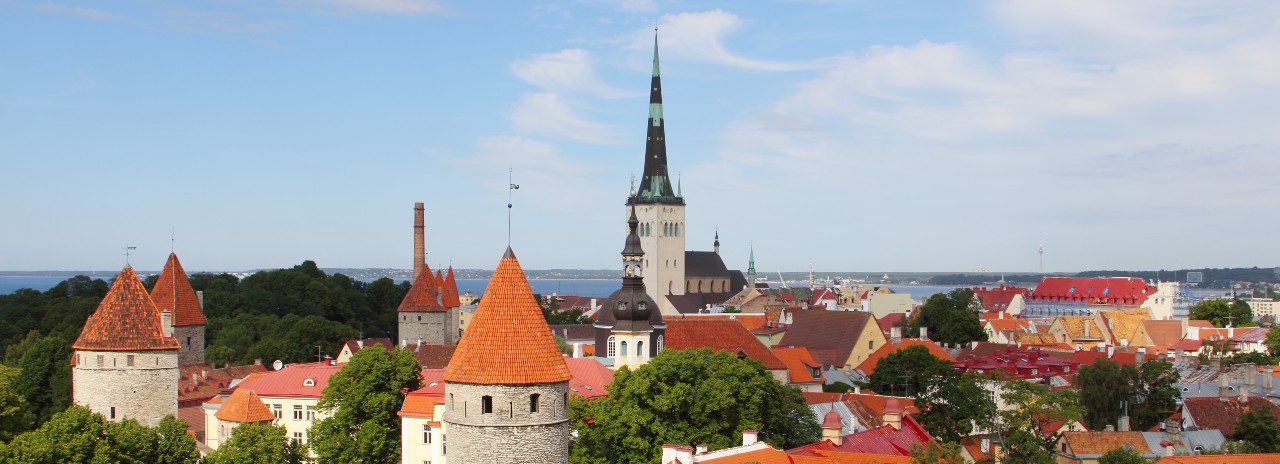All About Estonia

Estonia, a jewel at the edge of the Baltic Sea, is a country where the past and future intertwine seamlessly, offering a rich tapestry of cultural and natural treasures. It might seem challenging to encapsulate even a short list of Estonia's highlights, given its compact size but immense historical depth and vibrant contemporary culture. Should we start in Tallinn, the country's enchanting capital?
The medieval charm of Tallinn's Old Town, a UNESCO World Heritage site, is palpable in its cobblestone streets and ancient architecture, reminiscent of tales from the Hanseatic League. The cityscape is dominated by the gothic spires of St. Olaf’s Church and the Toompea Castle, standing guard over a city that blends centuries-old history with cutting-edge digital innovation. Tallinn is not just about historical sights; it's a hub for tech startups, cozy cafes, and design boutiques, reflecting the lively pace of Estonian innovation and the Estonians' love for the arts and technology.
Or perhaps we should venture to Tartu, the intellectual heart of Estonia, where the esteemed University of Tartu dates back to 1632, making it one of the oldest in Northern Europe. Tartu is a city of youth and creativity, home to a vibrant student population and a plethora of museums, galleries, and theaters. Its streets are alive with festivals, cafes, and workshops, inviting visitors to immerse themselves in a culture that cherishes education, science, and the arts.
One might also consider exploring the serene beauty of the Estonian countryside, with its vast national parks, such as Lahemaa, just a short drive from Tallinn, offering a glimpse into Estonia's rich natural landscapes and rural life. The country's bogs, forests, and coastline provide a sanctuary for wildlife and a playground for outdoor enthusiasts, with activities ranging from bird watching and hiking to canoeing in the Soomaa National Park or exploring the islands of Saaremaa and Hiiumaa, each with its unique charm and history.
And we haven't even touched upon the historical significance of places like Narva, with its imposing fortress at the border with Russia, or the cultural richness of Pärnu, Estonia's summer capital, with its sandy beaches and spa resorts. Not to mention the Seto region in the southeast, where ancient singing traditions continue to thrive, or the UNESCO-listed Kihnu island, where a matriarchal society preserves its unique cultural heritage through handicrafts, music, and dance.
When to Go to Estonia: Estonia experiences a temperate climate, with each season offering its own reasons to visit.
Summer (June to August) is undoubtedly the most popular time, with long daylight hours allowing ample time for exploration and enjoyment of outdoor festivals, beaches, and the vibrant street life in cities.
Spring (March to May) and fall (September to November) present a quieter but no less beautiful opportunity to witness the country's natural landscapes, with spring's blossoming flora and fall's fiery foliage.
Winter (December to February) transforms Estonia into a snowy wonderland, perfect for skiing, ice skating, and experiencing traditional Christmas markets, especially in Tallinn, where the medieval setting lends a magical backdrop to the festive season.
With its harmonious blend of natural beauty, historical depth, and modern innovation, Estonia offers a unique European experience that invites visitors to explore its rich heritage and embrace its forward-looking spirit.
























